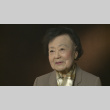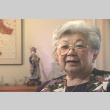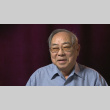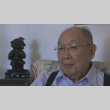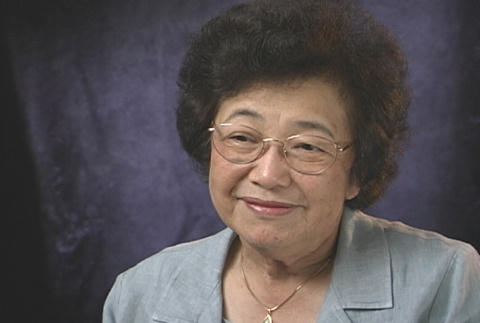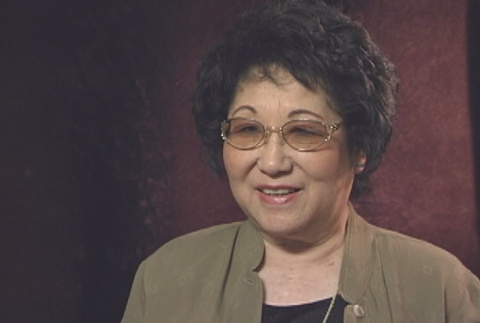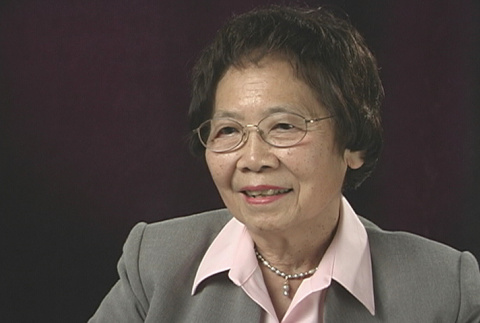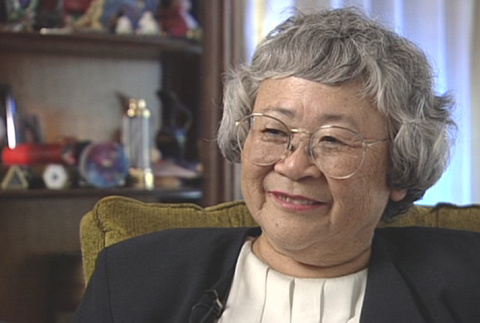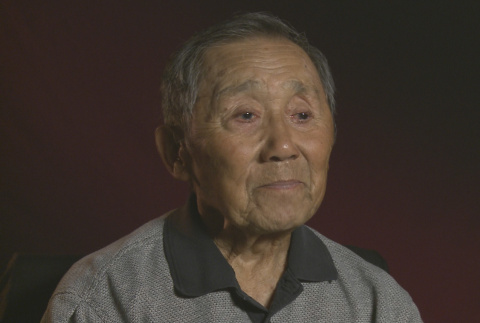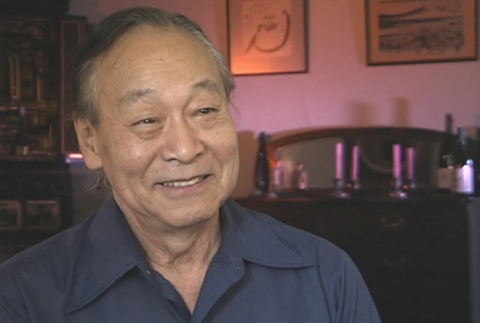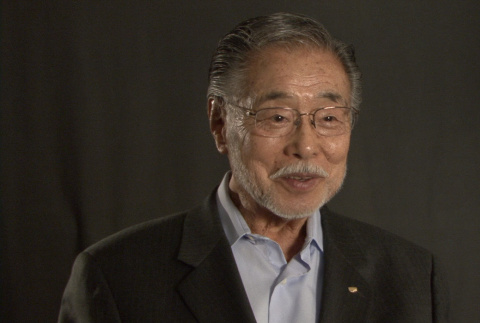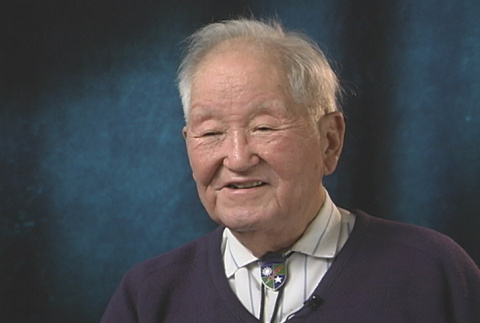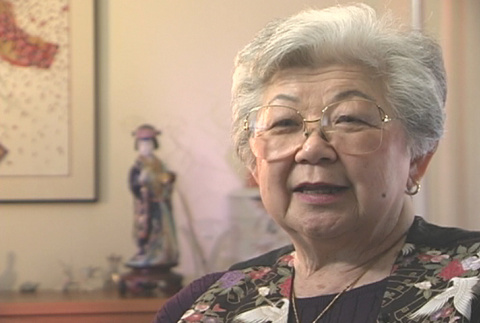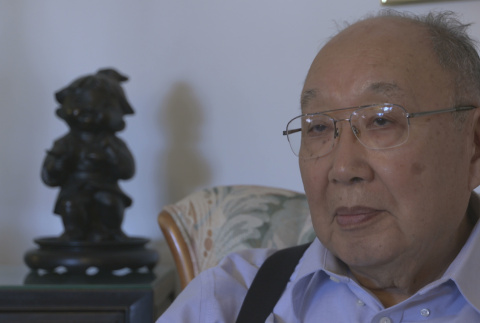Living conditions
The "assembly centers" were hastily erected quarters located throughout the West Coast at fairgrounds, racetracks and other similar facilities. Conditions at these locations were appalling. People were housed in animal stalls and barracks with communal bathrooms and mess halls. Privacy was next to nonexistent. Most families lived in a 20-by-20-foot room separated from the next "apartment" by wood partitions that did not reach the ceiling. Shortages of food and deplorable sanitation were common. Overcrowding, uncertainty, and stress created tension in the "assembly centers," even as the demoralized camp inmates tried to improve living conditions.
World War II
(231)
Temporary Assembly Centers
(231)
Living conditions
(389)
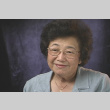
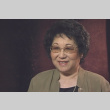
This interview was conducted as part of a project to capture stories of the Japanese American community of Spokane, Washington. Densho worked in collaboration with the Northwest Museum of Arts and Culture.








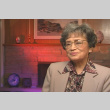
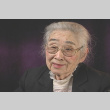
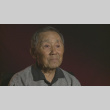



This material is based upon work assisted by a grant from the Department of the Interior, National Park Service. Any opinions, finding, and conclusions or recommendations expressed in this material are those of the author(s) and do not necessarily reflect the views of the Department of the Interior.
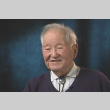
Although Mr. Matsumoto does not identify himself as a Kibei (American-born person of Japanese ancestry sent to Japan for formal education and socialization when young and later returned to the U.S.), some of his life experiences are similar to those who do identify themselves as such.

Although Mr. Matsumoto does not identify himself as a Kibei (American-born person of Japanese ancestry sent to Japan for formal education and socialization when young and later returned to the U.S.), some of his life experiences …

Although Mr. Matsumoto does not identify himself as a Kibei (American-born person of Japanese ancestry sent to Japan for formal education and socialization when young and later returned to the U.S.), some of his life experiences are similar to those who …

